When it comes to voice assistants, the competition arises, almost exclusively, between three competitors: Google, Apple and Amazon. Although Amazon's Alexa is considered to be one of the most versatile and powerful, it had a shortcoming about the other two in the past: absence in the car. While Google and Apple are present in vehicles with Android Auto and CarPlay, Amazon was left out. She patched it up with Echo Auto, but did she succeed? Here is our answer.
Echo Auto is a small accessory to be mounted in the car thanks to the kit included in the package. It comes with a special pedestal to be inserted in the air vents of the machine, and has a magnetic hook, MagSafe style of the iPhone 12, just to support the peripheral. The quality of the materials is certainly excellent and the attention to detail is maximum: not only the magnetic hook to support the Echo Auto, but also a small rubber inlet to pass the power cables, and keep them in order.
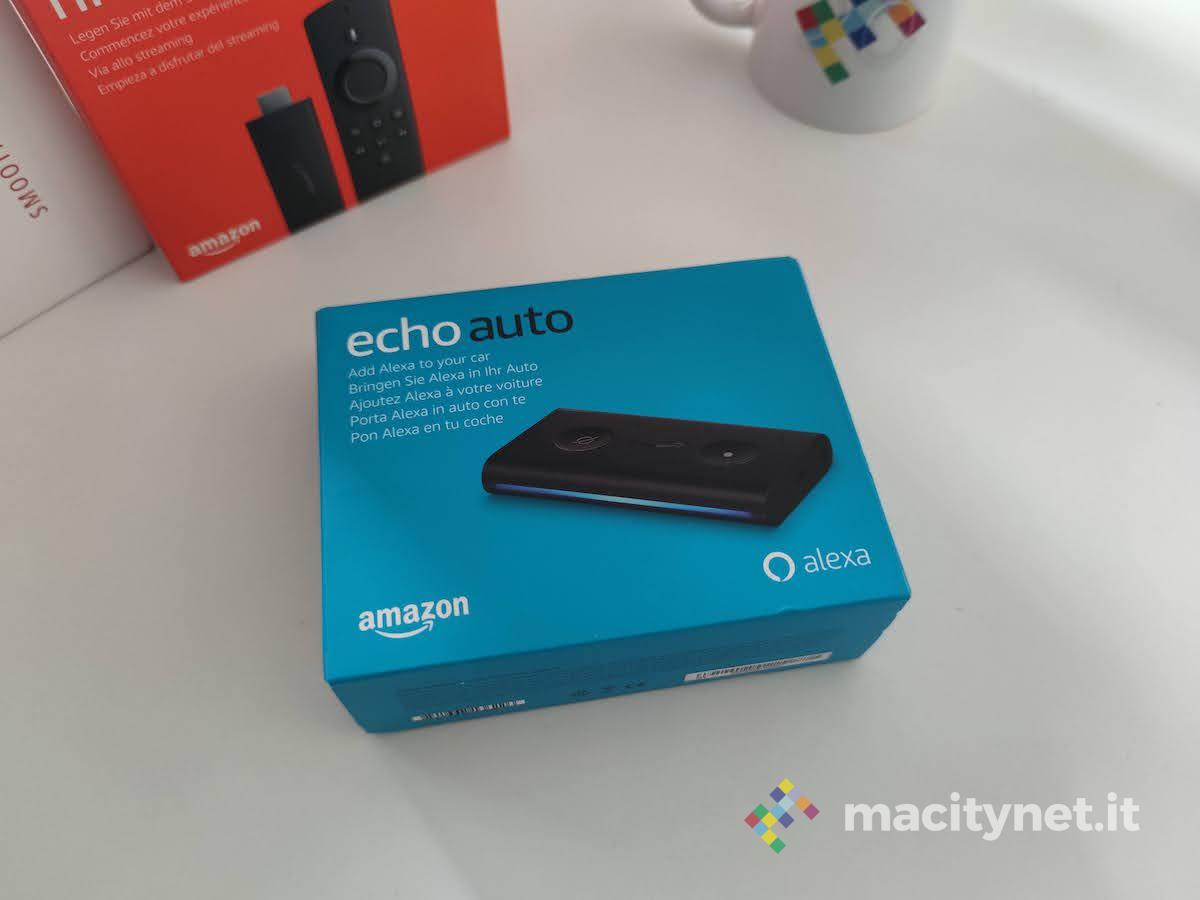
Echo Auto is a small peripheral with a rectangular shape, very thin, and with a simple design. On the top there are two large buttons: the first to activate Alexa manually, without voice command, the second to completely disable the microphones, and therefore make sure that Alexa is no longer listening.
Installation
Echo Auto needs a smartphone with Alexa on board for correct setup. After opening it on your smartphone, whether iOS or Android, you just need to add an Echo Auto device to start the setup. The first, and almost unique, problem of this accessory, in our view, is found in this initialization phase. From here it will be understood immediately that Echo Auto, to work, needs a car equipped with Bluetooth, or an Aux cable.



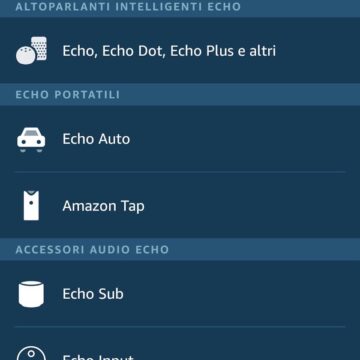





Here, Echo Auto will not work on older cars, where neither BT nor Aux are present. Basically, the Amazon peripheral works exclusively as a bridge to connect to car speakers: although it has built-in microphones and speakers, it must necessarily be connected to the stereo.
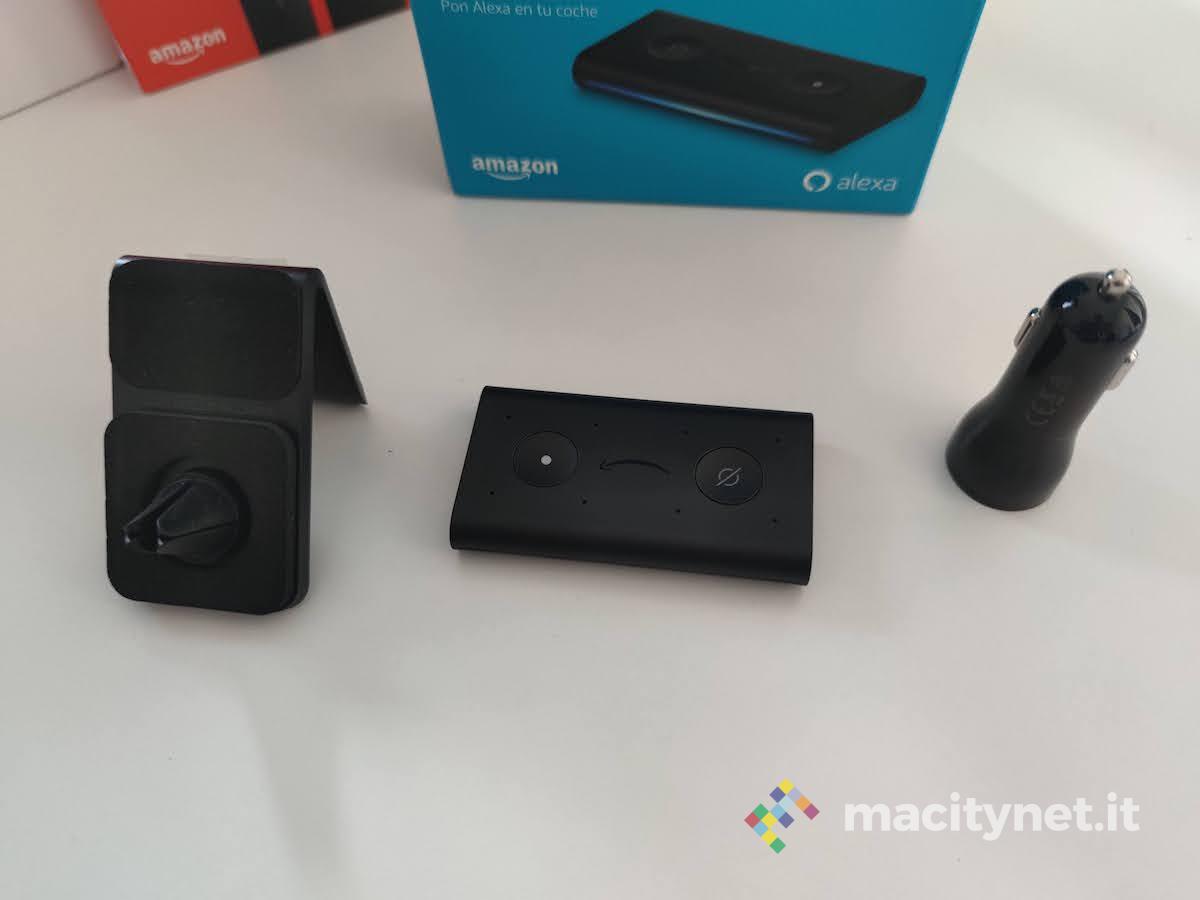
In this way, the use of Echo Auto is limited to a car with Bluetooth, which is therefore assumed to already integrate with the smartphone, and allow conversations and exchange of hands-free messages. Even worse in the case of a recent car, equipped with Android Auto or CarPlay, which therefore certainly does not need Alexa.
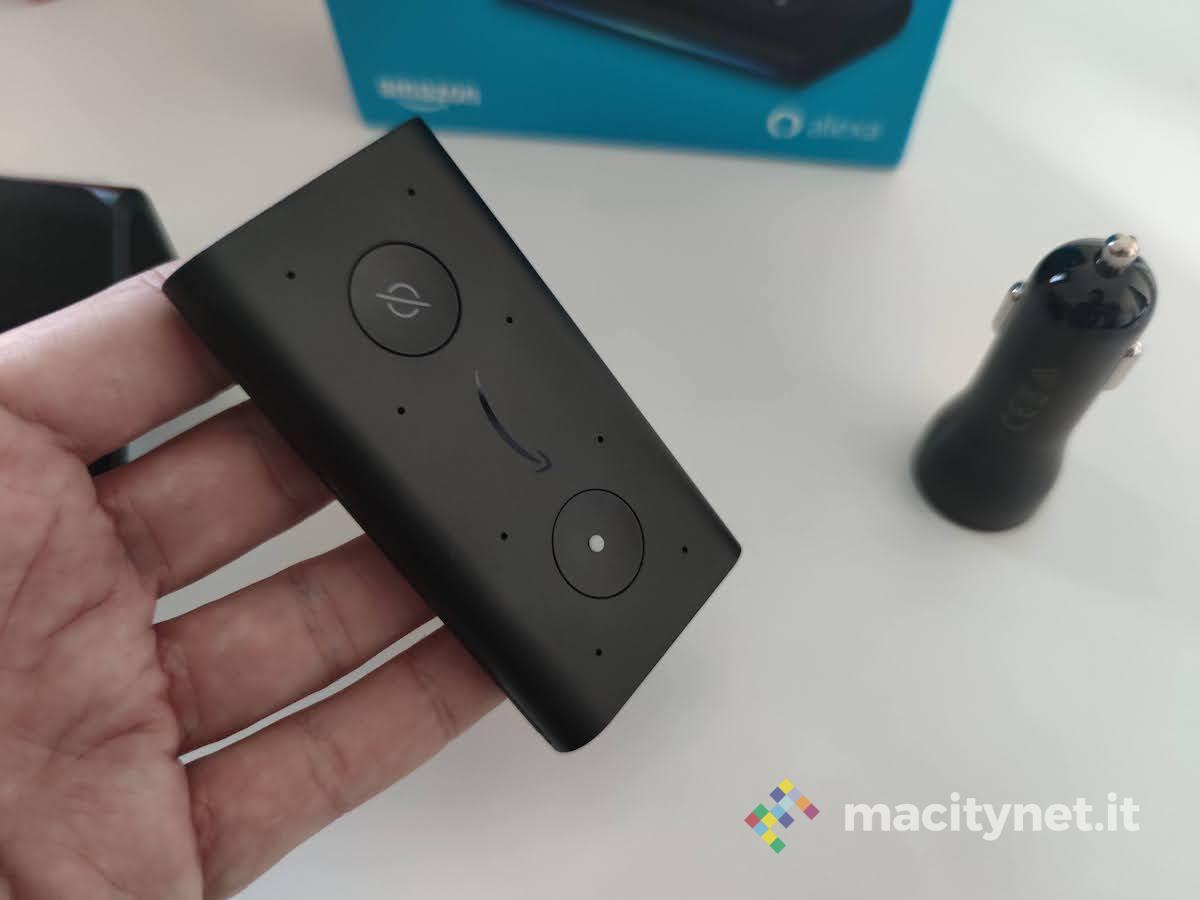
That's a little better if you have an Aux input in your car, but not the BT. In this case Alexa will certainly be more useful, because it will still add 8 powerful multi-directional microphones to your car audio system, as well as all the versatility of Amazon's voice assistant. It is also true, however, that anyone with an Aux can already interface the smartphone with the car stereo, and therefore make hands-free calls via the car system.
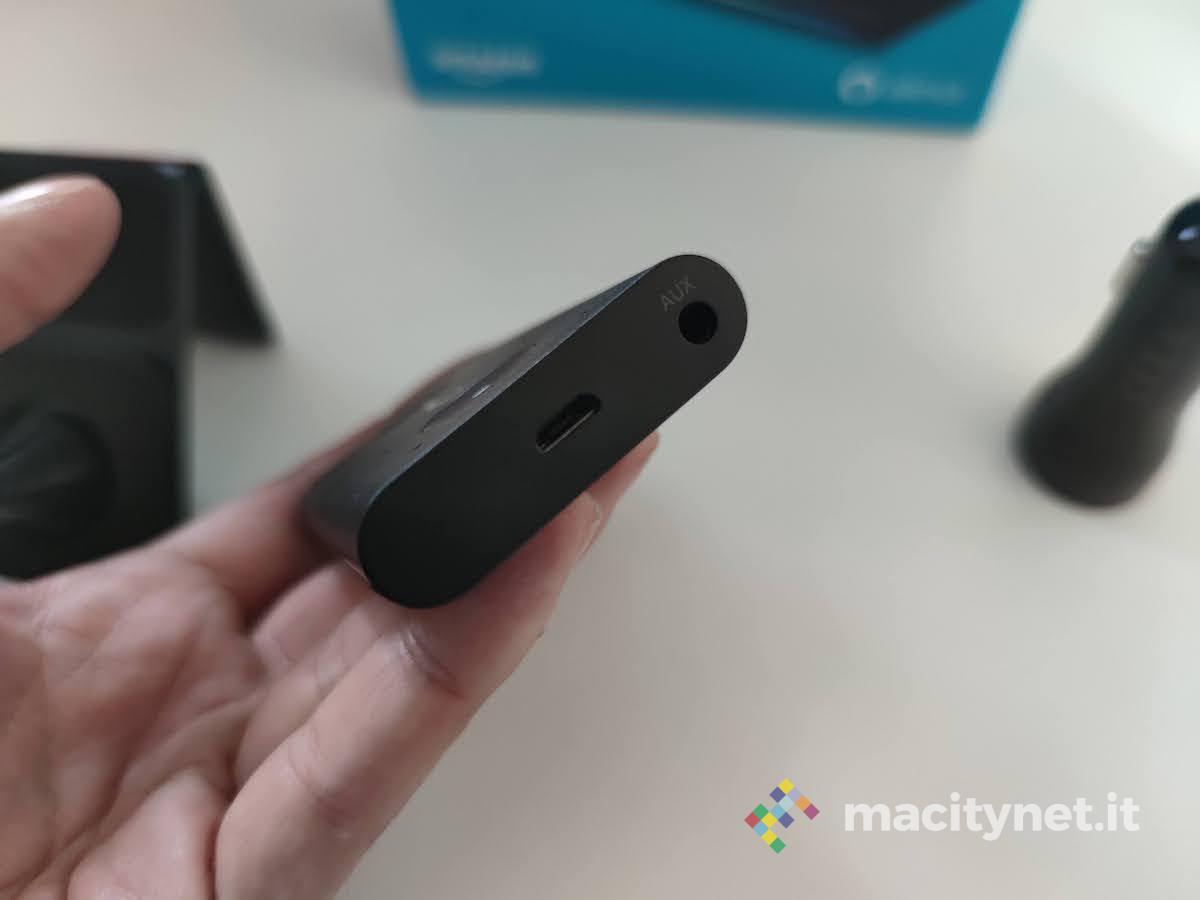
In short, Echo Auto adds the versatility and skills of Alexa in those cars in which, either you already have a complete infotainment system (and therefore it may not be so essential), or it adds Alexa in those cars equipped with aux, in which it is already possible to connect the smartphone to the stereo system via cable. In this second case it is certainly more interesting, because it improves communication through the 8 microphones.
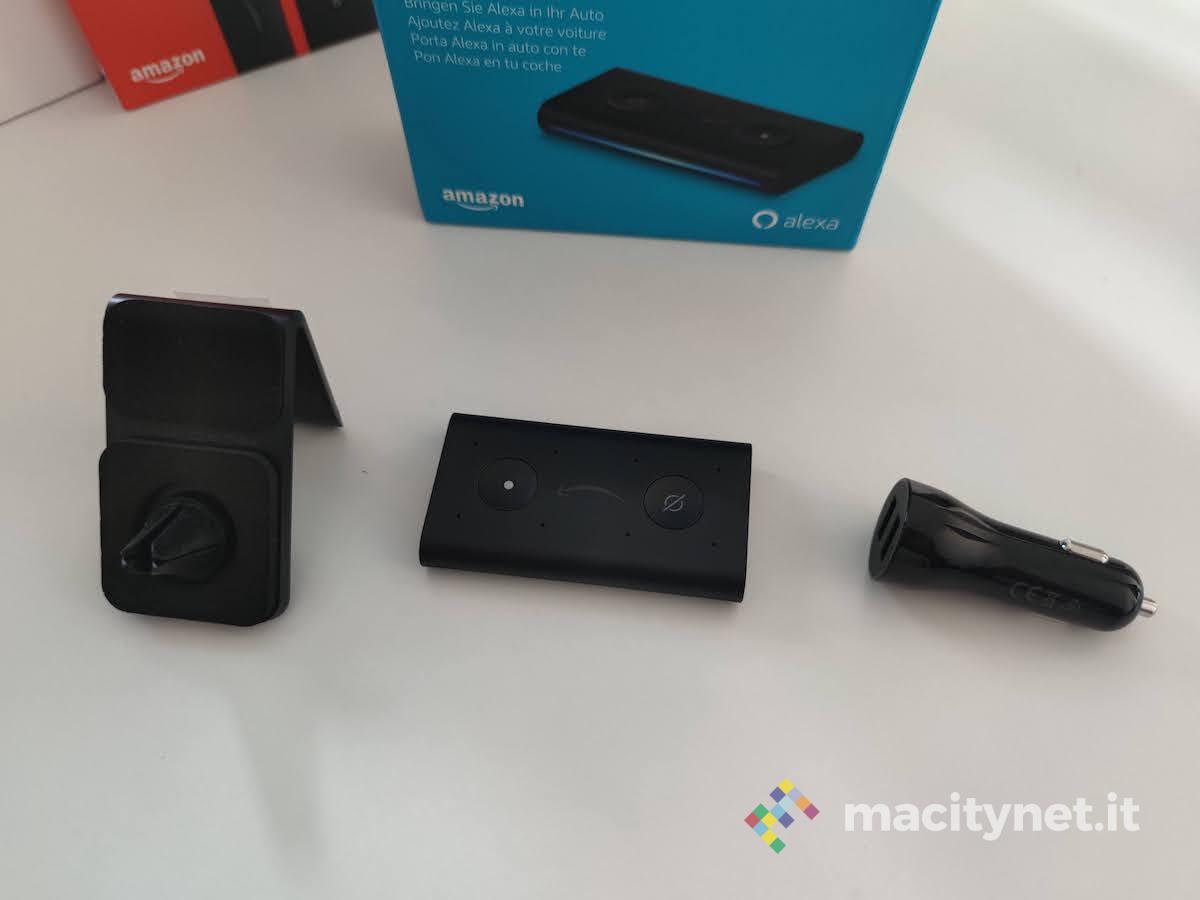
Operation on a car not equipped with BT or aux would certainly have been more useful, as an autonomous voice assistant system, thus allowing Alexa conversations and functions, even autonomous, without the need for connection to the stereo.
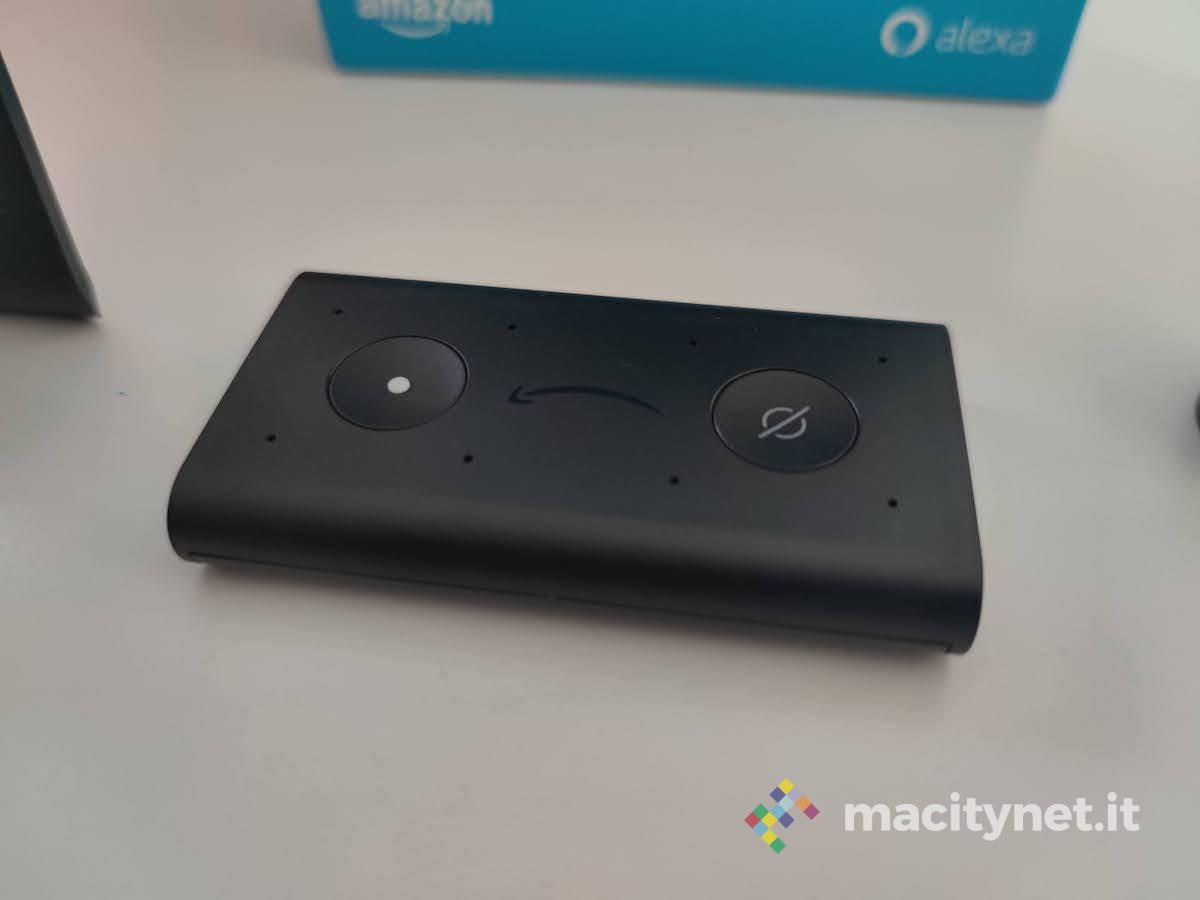
It must be said, then, that Echo Auto has the sole purpose of making you use Alexa in the car, even where you were already able to use your car's system to make hands-free calls. However, the goal is not to add a hands-free system, where the car is not set up with Aux or BT.
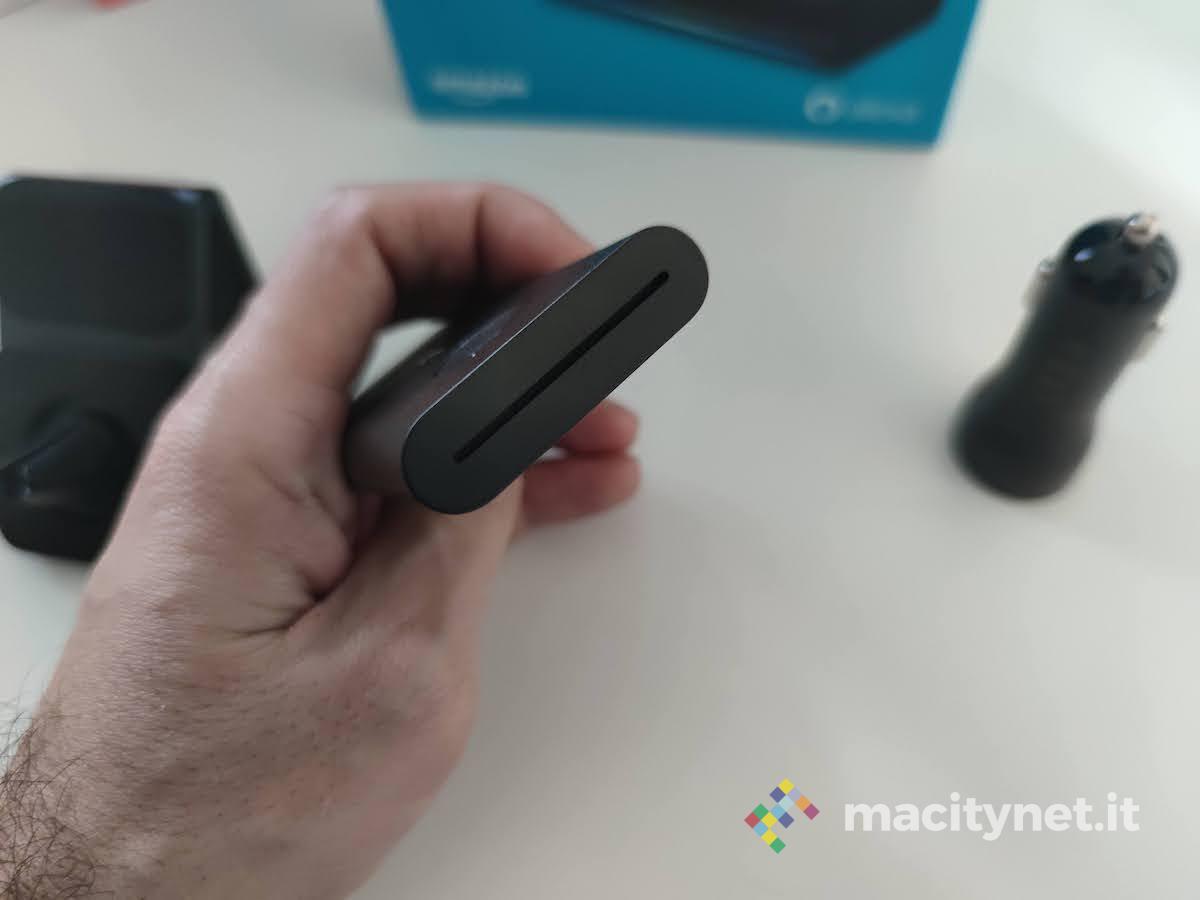
Obviously, Echo Auto works very well, responds perfectly to commands, is precise, and the 8 microphones on the peripheral work very well, offering the interlocutor a voice that is always clear and crystalline. There is also the possibility to play music via voice command, to start the navigator via voice request, but even in this case something is not right: if you have CarPlay or Android Auto in the car, you will not need it at all. If, on the other hand, you have a car with only Aux, without infotainment systems, you will need a smartphone, and therefore an additional stand positioned on the dashboard of the car, which will certainly not be a pretty sight. It would have been the case, then, to create an Echo Auto stand that could also hold the smartphone, thus creating a unique “station” to join Echo Auto to the smartphone screen.
Conclusions
Echo Auto works well, very well, but honestly we recommend it only and only to those who have a car without an infotainment system, and as long as it has the aux input in the car. In this case you will need to improve the quality of handsfree calls, while to fully enjoy all the functions, for example the possibility of calling up Google Maps via voice commands, you will need a second stand to hold the smartphone, thus creating a little confusion on the dashboard.
PRO
AGAINST
Prices and availability
It must be said that at the moment it could be worth the purchase of Echo Auto, because on Amazon it is on Black Friday offer for 34.99 euros. As they say, take advantage of it now. We believe this Black Friday price is more appropriate.





